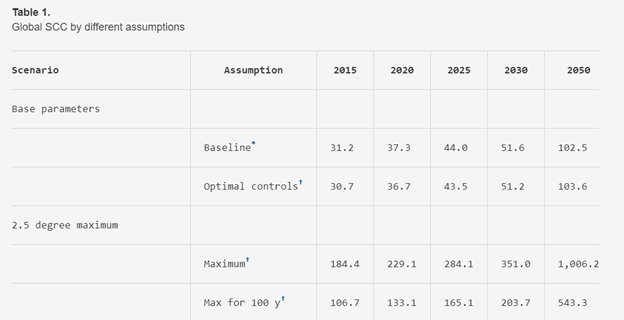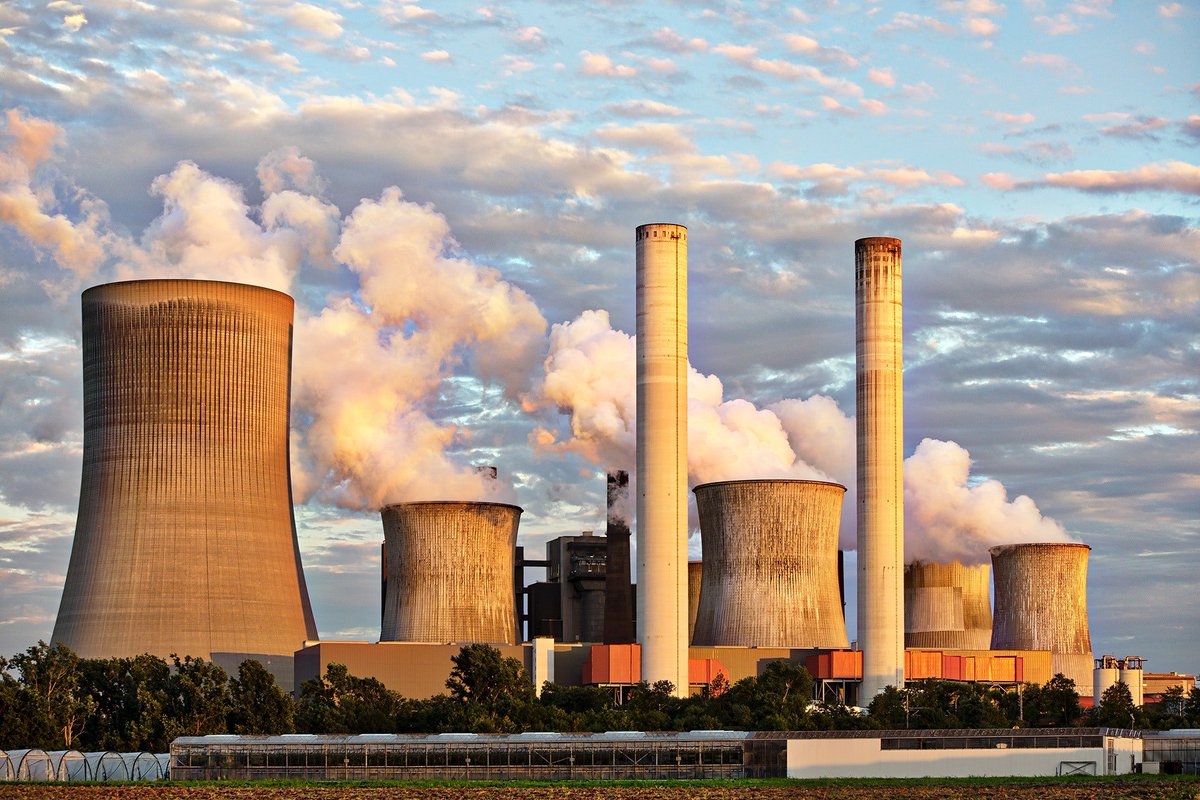This thread gives you secret recipes for calculating X:

huffingtonpost.com/entry/carbon-t…
Pretending to know otherwise leads to highly misleading policy conclusions. /end cc: @drvox

Twitter may remove this content at anytime, convert it as a PDF, save and print for later use!

1) Follow Thread Reader App on Twitter so you can easily mention us!
2) Go to a Twitter thread (series of Tweets by the same owner) and mention us with a keyword "unroll"
@threadreaderapp unroll
You can practice here first or read more on our help page!



